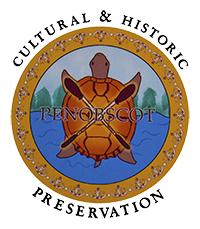
BRANCH 6: SENSES
In this Branch we will begin using words which connect us to our senses such as see, hear, smell, and taste. There are two ways to talk about each sense, for example, I see it vs. I see h/her. We will practice the "I" and "You" forms here.
nənámihton
I see it
nənòtamən
I hear it
kənámihton
You see it
kənòtamən
You hear it
nənámihα
I see h/her
nənòtawα
I hear h/her
kənámihα
You see h/her
kənòtawα
You hear her
Here we will demonstrate a simple question and answer with the negative response. For example: Do you see it? I don't see it./ Do you see her? I don't see h/her.
kənámihton'
Do you see it?
ahtα nənamihtowən
I don't see it
kənótamən'
Do you hear it?
ahtα nənotamowən
I don't hear it
kənámihα'
Do you see h/her
ahtὰ nənamihαwi
I don't see h/her
kənòtawα'
Do you hear h/her?
ahtα nənotawαwi
I don't hear h/her

